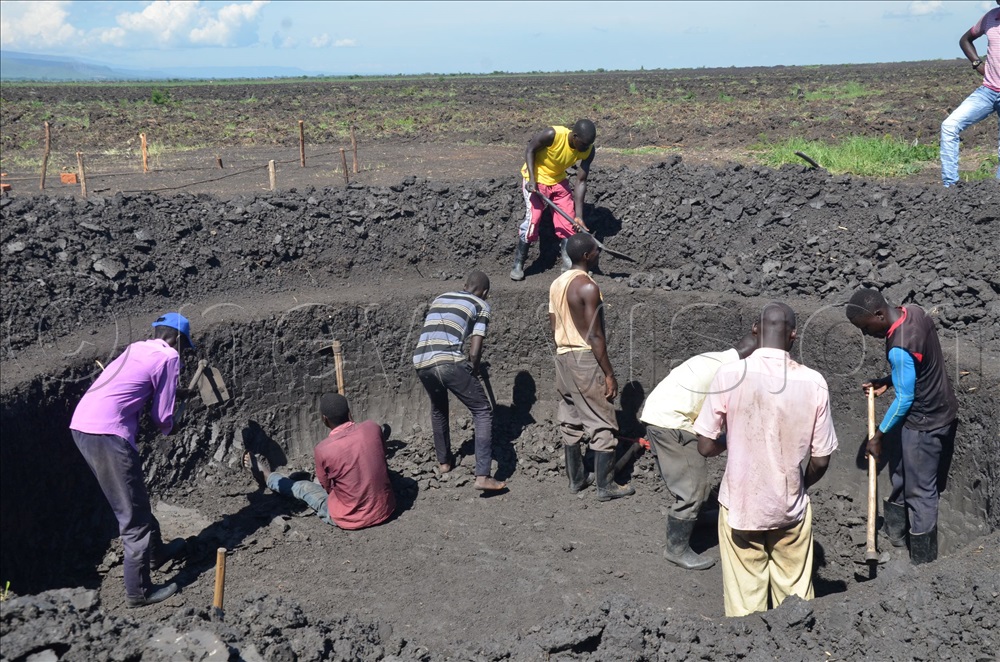Water scarcity during dry seasons can severely impact livestock and crop productivity.
For commercial farmers, particularly those dealing with cattle and large-scale farming operations, the lack of reliable water sources leads to poor animal health, reduced milk production, crop failure, and financial strain. Water dams are proving to be a sustainable solution to this crisis.
Monday Vinney John Mary, a cattle keeper in Ngoma, Nakaseke district, says that before constructing a dam on his land, his livestock would trek long distances in search of water.
“Every dry season, I would lose weight in my animals. Milk production would drop drastically, and sometimes animals would fall sick due to dehydration, but after constructing a dam, I now have water throughout the year”, he says.
Water dams work by trapping and storing rainwater during the wet seasons. This water is then available for use during prolonged dry periods.

Commercial farmers use this stored water for livestock drinking, irrigation, cleaning structures, and even fish farming.
Fred Mugarula, a cattle farmer in Bbaale, Kayunga district, constructed a medium-sized dam in 2021. “Since then, my cows always have access to water, even in the hottest months, their body condition has improved, and milk yields are consistent. I no longer rely on hired water trucks”, he says.
Peter Mubiru, a veterinary explains that animals that lack water are prone to stress-related diseases such as lumpy skin disease, internal parasites, and even contagious bovine pleuropneumonia.
“Hydrated animals are more resistant to infections, and clean dam water, if properly managed, reduces transmission of waterborne diseases,” he says.
He advises that dams should be fenced off to prevent animals from trampling the banks and muddying the water.
He also recommends installing troughs that draw water from the dam using gravity or solar-powered pumps.
Constructing a dam requires planning, choosing a low-lying area, compacting the soil, and sometimes lining it with clay or plastic to reduce seepage. But the investment pays off.
For farmers in dry zones, water dams are not just reservoirs, they are a lifeline for productivity, sustainability, and profit.





